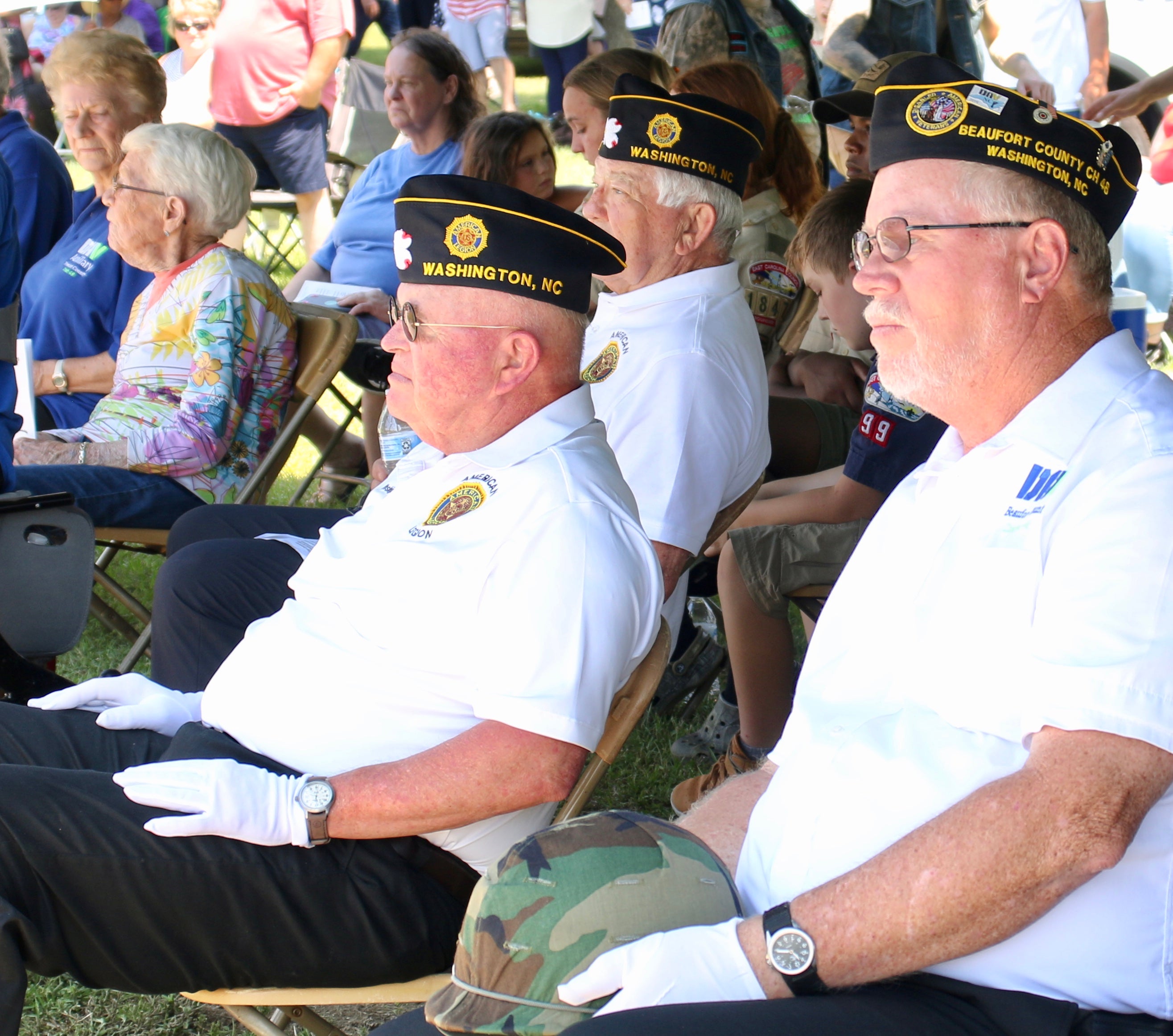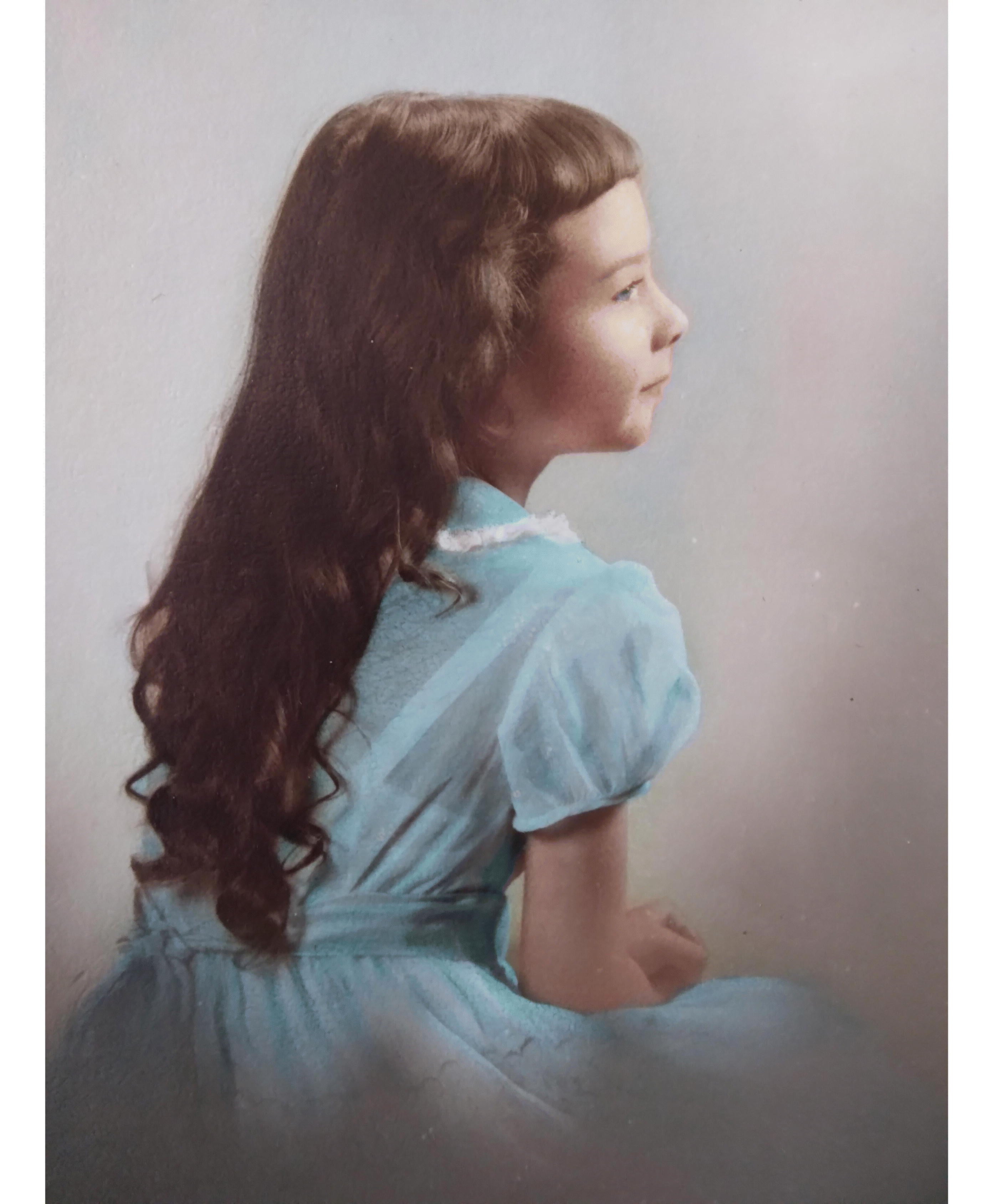Former area athletes continue to shine
Published 11:44 pm Tuesday, September 11, 2007
By Staff
Pulitzer Prize for Meritorious Public Service
Main phone number: 252-946-2144To subscribe: 252-940-4200
Our History
Washington's local newspaper has not always been known as the Daily News.
The Washington Daily News had its beginning in 1872 as the Washington Gazette. The name was changed in 1886 to the Evening Messenger when it was bought by J.A. Arthur and his son.
In 1907, the paper was sold for a second time and renamed the Daily Messenger. It wasn't until a fourth sale in 1913 that it was renamed the Washington Daily News.
Ashley Brown Futrell began working at the Daily News on Nov. 15, 1949, just 10 days before his marriage to Rachel Fox. Futrell came to work with an understanding that he would be allowed to manage the company after its owner retired at age 65. However, Futrell said, the owner passed away from a heart attack a year and half before the man's 65th birthday.
Before Futrell took over, the paper had been printed on an eight-page flat press which could produce about 1,500 pages per hour.
Production was increased with the purchase of a 24-page R. Hoe Press that Futrell said cost about $25,000 at the time. It later was given to a junkyard for the cost of having it removed from the building.
It was succeeded by a state-of-the-art Goss offset press, which can print up to 18,000 pages per hour. Vance Bell, the company's production director, said four units were installed around 1969 and a fifth in 1971. All five units are still in operation, thanks, in part, to a motor refurbishing performed in 2002.
Growing and moving
At the time Futrell took over, the Daily News reportedly was delivered to about 4,000 homes. An audit showed only about 2,753 homes were receiving the publication.
In the process, the Daily News moved about a block and half further up Market Street. The current location is reported to be the former home of the Washington Fire Department, the community college, a bowling alley, a car showroom and car-repair shop.
Evidence of some of the early inhabitants of the building still remains, in the form of intricate patterns in the warehouse ceilings and in areas hidden by sub-ceilings installed later.
Jay Corey, the senior press operator at the Daily News, attended the community college and took auto repair classes in what is now the company's warehouse. Parts of a ramp used for hauling cars and parts of the original second floor of the building remain in the company's library storage area.
Bell said he once found a dime located in the area of bowling alley, "but I spent it."
The newspaper offices previously had been located in what is now the Department of Motor Vehicles' License Plate Agency building on North Market Street. For a brief time, operations were performed at both locations.
In days gone by, Futrell recalls standing in front of the newspaper building with a marker and pad of paper writing election results and holding them up for patrons to view.
Futrell and son
Futrell's only son, Ashley B. "Brownie" Futrell Jr., joined the Daily News in 1978 as its general manager before becoming president and publisher in 1982.
The younger Futrell expanded the Daily News' coverage area from Beaufort and Hyde counties to include Martin and Washington counties as well. The addition boosted circulation to more than 10,000 homes.
The total number of printed copies topped 13,000 in the mid 1990s before dropping off to around 10,000 a couple of years later.
But it was local coverage that brought the Daily News its highest honor.
Big prize on the Pamlico
The Friday, April 13, 1990 edition of the Daily News stated "Pulitzer on the Pamlico!" It is one of only a few instances in the newspaper's history that an exclamation point has been used in a headline.
The award came in recognition of a series of articles written by Mike Voss and Betty Gray on the percentage of cancer-causing chemicals in the city's water supply. The series ultimately sparked changes in the Environmental Protection Agency's regulatory requirements for smaller communities.
On Aug. 21, 1990, the Daily News launched its first full-color edition. Three graphics dotted the top of the page, and one large photo dominated the rest of the front. Color was used sparingly until 1995.
Sept. 30, 1991 saw the Daily News make a switch to a daily paper with morning delivery. The Saturday edition had been delivered in the morning for some time before the switch.
The company went through a period during which it did not print on Mondays, then it switched to not printing on Saturdays. The Daily News did not publish a Sunday edition during World War II.
As plans developed to make the transition from an afternoon paper to a morning paper, the Futrells decided to expand the Daily News to a seven-day-a-week publication. The newspaper publishes every day except Christmas, and it has persevered through several hurricanes, floods and snowstorms.
New look
In 1995, the Daily News underwent a major renovation. Over the course of two years, the building was painted inside and outside. Tile floors were carpeted, and old wooden desks and tables were replaced first with aluminum tables, then eventually with new furniture.
However, the most significant change was the addition of a Macintosh computer system that enables the newspaper to be put together electronically. Prior to the switch to computers, articles were printed on paper, which was pasted in sections on pages by hand, then photographed to produce full-size images of the pages.
The upgrade eliminated an entire department, but it also allowed for remodeling of the "mailroom," where advertising flyers and the sports and features sections are inserted and the papers are picked up by the carriers. Three walls were removed in that area, and a new machine was purchased to insert sections in the newspapers.
The upgrade allowed the Daily News to produce a larger, neater, more uniform-looking publication.
The computer upgrade also allowed full-color front and back pages every day. At this time, the decision was made to divide the paper into two sections -- news and sports -- on a full-time basis.
At the end of 1999, the Daily News printed its largest paper at 110 pages. Titled "Millennium Edition," it was printed over the course of a week and assembled over two days. It was delivered on the morning of Jan. 1, 2000.
In 2001, the Daily News launched an online edition at www.washingtondailynews-nc.com. The Web site attracted more than 600 visitors a day after just five months of operation. The site then was suspended in August 2002. A new, upgraded page debuted in February 2003 with a shortened address -- www.wdnweb.com.
On Sept. 11, 2001, the Daily News printed an extra edition titled "TERRORISM." It was published with no advertising and no cover price. It is believed to be the only extra edition ever printed by the Daily News.
Like the name, the price of the Daily News also has changed over time. In 1973, the paper sold for 10 cents. By 1980, it was 15 cents; that increased to 25 cents in 1981. In 1991, it was raised to 35 cents. The newsstand price is currently 50 cents for daily papers.



